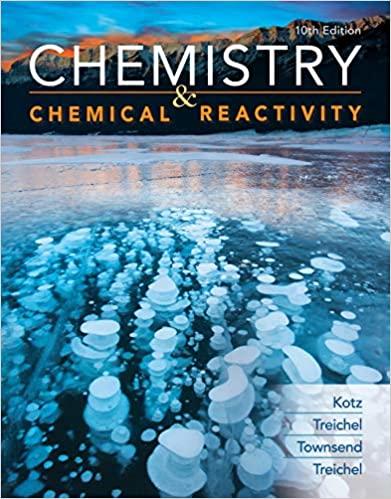Living organisms derive energy from the oxidation of food, typified by glucose. Electrons in this redox process
Question:
Living organisms derive energy from the oxidation of food, typified by glucose.![]()
Electrons in this redox process are transferred from glucose to oxygen in a series of at least 25 steps. It is instructive to calculate the total daily current flow in a typical organism and the rate of energy expenditure (power).
(a) The molar enthalpy of combustion of glucose is −2800 kJ/mol-rxn. If you are on a typical daily diet of 2400 Cal (kilocalories), what amount of glucose (in moles) must be consumed in a day if glucose is the only source of energy? What amount of O2 must be consumed in the oxidation process?
(b) How many moles of electrons must be supplied to reduce the amount of O2 calculated in part (a)?
(c) Based on the answer in part (b), calculate the current flowing, per second, in your body from the combustion of glucose.
(d) If the average standard potential in the electron transport chain is 1.0 V, what is the rate of energy expenditure in watts?
Step by Step Answer:

Chemistry And Chemical Reactivity
ISBN: 9780357001172
10th Edition
Authors: John C. Kotz, Paul M. Treichel, John Townsend, David Treichel





